Did you know that an Old Kraftsman guitar once played a pivotal role in reshaping the soundscape of American music? As a luthier, I’ve dedicated my life to unearthing stories hidden within the strings and wood of instruments, and I’ve found Old Kraftsman guitars to be both enigmatic and profoundly valuable. These guitars, often overlooked by collectors in favor of more recognizable brands, harbor untold tales of the past musical eras. Their journey from humble catalog entries to cherished artifacts is one marked by a unique fusion of artistry and affordable craftsmanship. Each instrument I examine offers a new perspective into the vibrant, intimate world it was born into. As we delve deeper, I’ll unravel the rich history behind these models, explore their evolution, and reveal why they command the attention of enthusiasts today. Prepare to embark on a voyage through time, discovering the legacy that makes Old Kraftsman guitars an essential chapter in musical history.
Who Crafted Old Kraftsman Guitars?
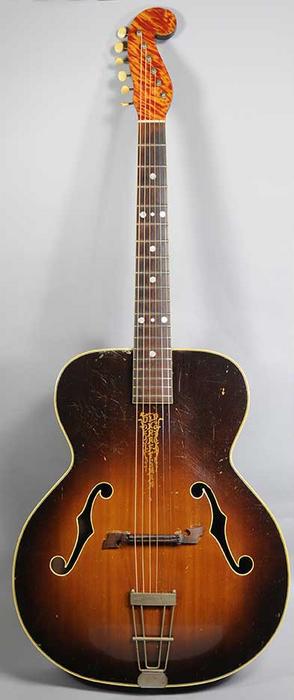
In my exploration of lutherie, I find it fascinating that such a significant part of American musical history came from mail-order catalogs, making quality instruments accessible to countless musicians. *Did you know that Old Kraftsman guitars were produced under a brand that was only available through mail order?* This intriguing detail sets the stage for a deeper dive into the historical background of these unique instruments.
The **Old Kraftsman guitars** were indeed a unique offering from the past, crafted by the renowned **Kay Musical Instrument Co.** They were sold exclusively through *Spiegel Catalog* as a house brand, a strategy that made musical craftsmanship available to the masses at affordable prices. This partnership allowed for the democratization of music, enabling budding musicians across America to have access to well-made guitars without stepping foot into a traditional music store.
In my journey to understand the evolution of musical instruments, the story of Old Kraftsman guitars always draws me in. It represents a time when the convenience of **mail-order shopping** merged seamlessly with the artistry of instrument-making. The collaboration between Kay and Spiegel was not just a business arrangement but a cultural phenomenon, bringing music into living rooms and inspiring generations of artists. This historical context not only underlines the **importance** of Old Kraftsman guitars in American music but also adds a nostalgic charm to their enduring legacy in today’s vintage market.
What Are the Different Kraftsman Guitar Models?
Acoustic Models
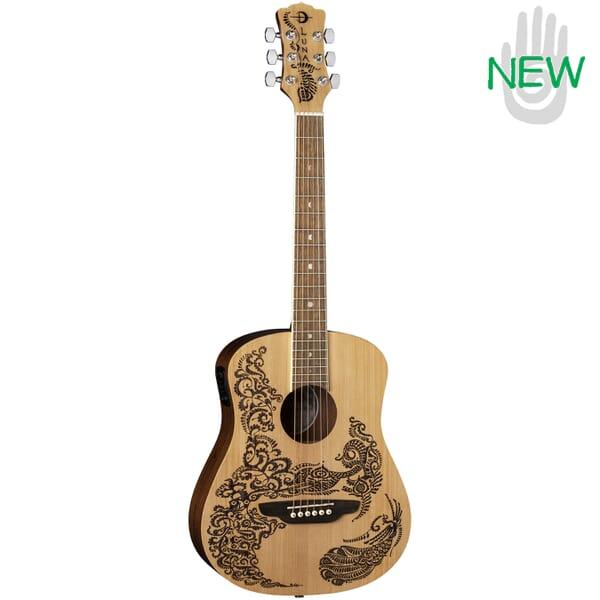
What makes an acoustic guitar resonate with such warm tones? Drawing from my engineering background, the resonance and tonal quality of acoustic guitars captivate me; they embody the intricate dance of wood selection and design. Acoustic models, particularly those under the Kraftsman badge, reflect a harmony between craftsmanship and acoustic performance. Every curve, brace, and material choice in these guitars contributes to their unique voice. This model’s appeal lies in their meticulous construction, aimed at achieving a balance that seasoned players and collectors find irresistible.
The Kraftsman guitar specifications provide insights into why these instruments stand out within the realm of vintage guitars. Typically constructed with quality woods like spruce for the top and mahogany for the sides and back, these guitars deliver a rich spectrum of sound, from deep bass to clear trebles. Their historical significance enhances their value, as each piece is a testament to the era’s artisanship. Understanding these specifications allows us to appreciate the innovation and tradition behind these acoustic marvels.
Transitioning from acoustic explorations, one might ponder the electrifying evolution that Kraftsman embraced. From the warm hums of acoustic to the dynamic pulse of electric, Kraftsman’s range truly showcases versatility and resonant history.
Electric Models

As someone who has researched various instrument designs, I find the evolution of electric guitars from brands like Old Kraftsman thrilling, showcasing innovation in both sound and technology. How did Old Kraftsman electrify the music scene of their time? The introduction of their electric models marked a significant pivot, adapting to the burgeoning rock ‘n’ roll era and offering musicians affordable yet quality options to explore amplified sound.
These vintage guitars not only captured the essence of the mid-20th-century music revolution but also laid foundational stones for the diversity seen in electric string instruments today. Unlike their acoustic counterparts, Old Kraftsman’s electric models were built to replicate and amplify intricate tones, providing artists the tools to revolutionize genres. The electric models contributed substantially to the company’s legacy, demonstrating a remarkable blend of affordability and style that made Old Kraftsman a household name among budding and seasoned musicians alike.
When Were Old Kraftsman Guitars Made?
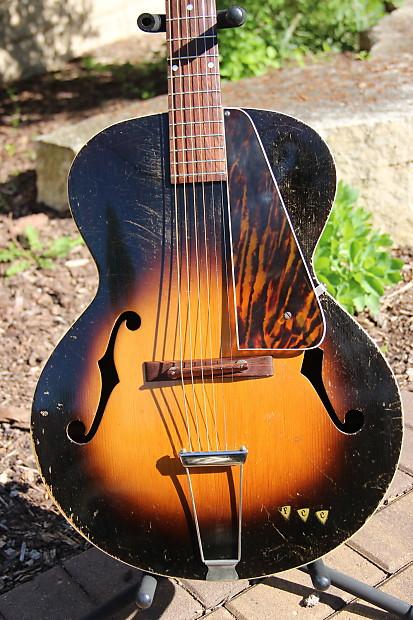
Understanding the production timelines for Old Kraftsman guitars helps in appreciating the historical significance of each instrument and the innovations that marked their creation. I recall the first time I held an Old Kraftsman guitar in my hands; it was like stepping back into a narrative of craftsmanship woven through decades. What clues can the features of a guitar give us about its production era? This question ignited my journey into the intricate world of dating Old Kraftsman guitars, revealing not just dates, but stories embedded in each design and detail.
During my deep dive into Old Kraftsman history, I discovered that these instruments were created predominantly during the mid-20th century. Specifically, between the 1930s and 1960s, Old Kraftsman guitars were produced by the Harmony Company under the direction of retail giant Spiegel. This period was a golden era for musical innovation, reflected in each guitar’s unique attributes. The distinctive “V” neck shape common in 1950s models, or the introduction of the *Stella* line in the late 1930s, offer insights into their eras of production.
These features are not just aesthetic markers but indicators of the technological advancements and stylistic trends of their times. Recognizing these aspects allows us to date the instrument accurately, providing a portal into the past. As we delve deeper into the Old Kraftsman timeline, these treasured guitars unveil not only their years of production but also a rich legacy of music and craftsmanship that continues to resonate with collectors and musicians today.
Where Can You Find Old Kraftsman Guitars?
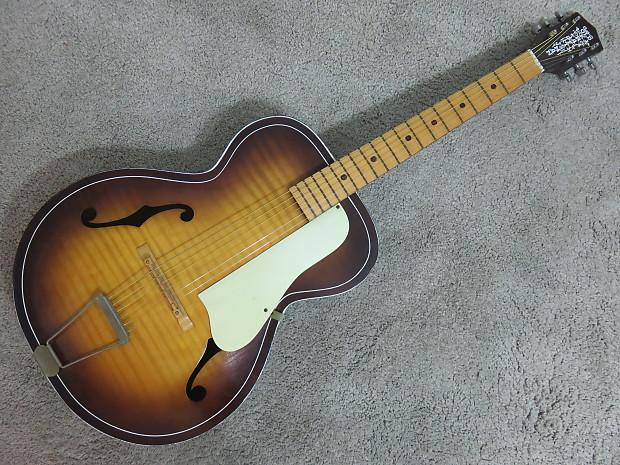
As someone deeply involved in the world of lutherie and vintage guitars, I’ve had the privilege to explore the myriad of marketplaces where Old Kraftsman guitars might surface. But finding these rare gems requires more than luck. It demands community engagement, strategic browsing, and a keen eye for detail.
*Which hidden gems are waiting to be discovered in the marketplace?* This question isn’t just rhetorical curiosity; it’s the passion that fuels every collector and guitarist on the hunt for unique strings. Old Kraftsman guitars, with their rich history and collectible allure, often pop up in *unexpected corners of the internet and local estate sales*. Thus, networking within guitar forums and social media groups is invaluable. I’ve discovered that fellow enthusiasts frequently share insights about potential finds on websites like eBay or Reverb, and in local classifieds, where **Old Kraftsman for sale** listings occasionally appear.
However, it’s not only about online marketplaces. Having fostered relationships with guitar shop owners and fellow collectors over the years, I’ve learned that *word of mouth is a powerful tool*. Conversations can lead to tips about estate sales or music shop inventories that do not reach online platforms. Attending guitar shows also provides a prime opportunity to engage directly with sellers who might *uncover a storied instrument from their collection*. The tactile experience of these events adds a layer of authenticity, enabling potential buyers to inspect and appreciate the craftsmanship in person.
As our exploration into the availability of Old Kraftsman guitars continues, always remember that the journey is as rewarding as the find, with each model revealing a unique narrative, waiting to be re-discovered. Keep your networks lively and your searches diverse to uncover these vintage treasures.
Why Are Old Kraftsman Guitars Valuable?
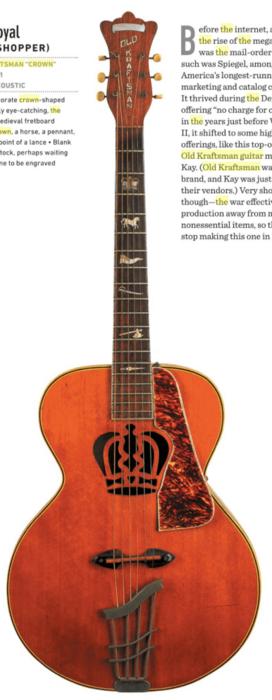
When diving into the allure of Old Kraftsman guitars, one can’t help but ask, What factors contribute to the rising value of vintage guitars? In my journey exploring the market dynamics and appraisals of these cherished instruments, I’ve uncovered a fascinating blend of influences that enhance their value. In my experience, the value of Old Kraftsman guitars hinges crucially on the exquisite craftsmanship, historical significance, and burgeoning collector interest that accompanies them.
Kraftsman guitars were born during a time when music was undergoing tremendous transformation. These guitars emerged from the storied production lines of Kay, Harmony, and other esteemed brands, which means they carry the legacy of mid-20th-century American manufacturing. Each instrument reflects a fusion of artistry and engineering, boasting unique designs and tones that are hard to replicate today. This historical and craftsmanship depth renders Old Kraftsman guitars not just instruments, but resonant artworks, capturing the imagination of collectors and musicians alike.
Moreover, collector interest plays a pivotal role in driving their market value. As the appreciation for vintage instruments grows, the demand for Old Kraftsman models, often seen as affordable alternatives to more famous brands, increasingly mirrors the broader trends. This swell in interest propels prices upward, further solidifying their status as valuable collectibles.
Indeed, every guitar tells its own story. As the market continuously evolves, it is this intersection of craftsmanship, historical prominence, and collector passion that not only defines but enriches the value of Old Kraftsman guitars. As you explore these cherished instruments, remember the profound narratives etched into their strings and bodies, reminding us of an era when music and artistry fused with profound creativity.
How to Maintain Old Kraftsman Guitars?
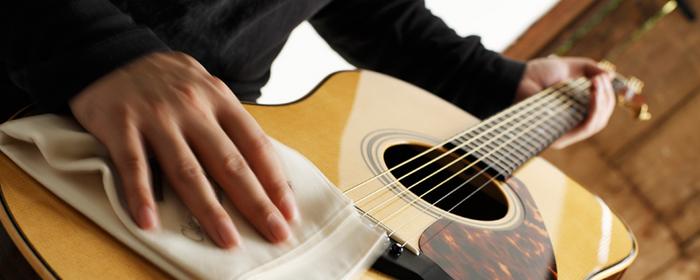
Maintaining an Old Kraftsman guitar is as much an art as it is a science, a delicate balance of preservation and playability. With my experience as a luthier, I’ve learned that the key to extending the lifespan of these vintage treasures lies in understanding the materials and craftsmanship of the era. These guitars, often crafted with fine woods and intricate details, require a mindful approach to their upkeep. How can proper maintenance enhance the lifespan of vintage guitars? The answer is both simple and profound: By ensuring optimal care, we respect the history embedded in each note and chord played.
One of the fundamental aspects of Kraftsman guitar maintenance is humidity control. The wood used in these guitars is particularly susceptible to environmental changes. It’s crucial to store them in a stable environment to prevent warping or cracking. Regular cleaning with a soft cloth and safe cleaning solutions is essential to avoid build-up that could tarnish the finish. I emphasize to fellow luthiers and guitar owners that understanding this is essential for their care and longevity.
Equally important is regular inspection and adjustment of the guitar’s neck and frets. Over time, these components can shift, affecting the instrument’s playability. By addressing these minor issues before they escalate, you preserve not only the structural integrity but also the authentic sound of a vintage Kraftsman.
FAQs
What is the history of Old Kraftsman guitars?
What are some popular models of Old Kraftsman guitars?
How do I determine the value of an Old Kraftsman guitar?
Conclusion
What key takeaways should every guitar enthusiast remember about Old Kraftsman guitars? In exploring their rich history, we’ve journeyed through a world where craftsmanship and musical legacy converge. Crafted largely by the supremely skilled Chicago-based Kay Musical Instrument Company, these guitars stand as testament to an era defined by affordability without compromising on quality.
My in-depth dive into the variety of models reveals a stunning range, from resonant acoustics to the bold flair of electrics. Understanding their historical timeline, from inception in the mid-20th century to present-day interest, underscores their enduring appeal. As seen, Old Kraftsman guitars embody value and nostalgia, not just in the craftsmanship and materials used, but also in the sentimental journey they offer.
Finding these gems today requires a keen eye and patience, but the reward is substantial in character and sound. I hope this guide deepens your appreciation for these instruments and the craftsmanship that gives them their enduring legacy. Whether you’re a musician or collector, these guitars offer a timeless connection to the world of music, reminding us of the artistry within each carefully crafted note.

R.M. Mottola, an engineer-turned-luthier, revolutionizes stringed instrument design with his deep focus on acoustics and ergonomics since 1994. As editor of the Savart Journal and a key contributor to American Lutherie, Mottola merges science with artistry in lutherie. He enriches the field with his extensive knowledge, shared through his Liutaio Mottola website, making him a beacon in the world of modern instrument craftsmanship.
